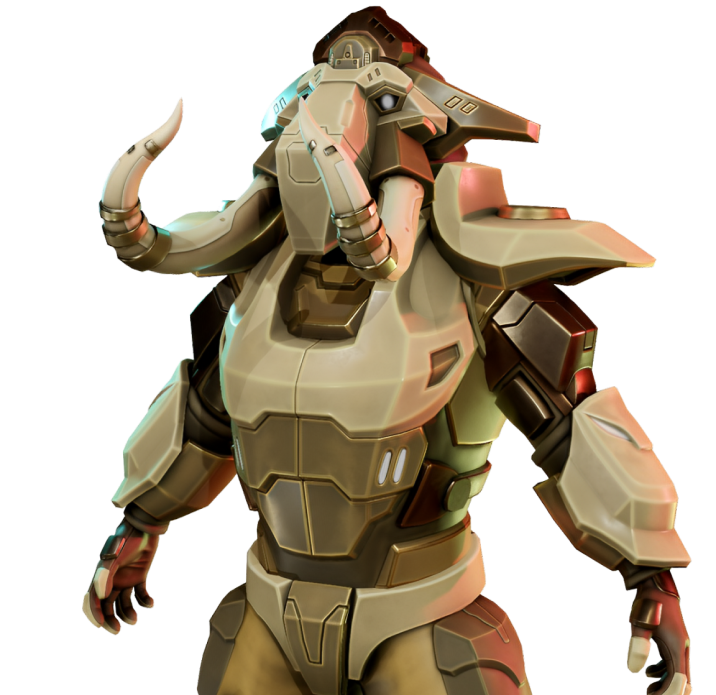The art style in video games is crucial and impacts the player's experience. Developers employ the graphical style to create intriguing and immersive worlds, characters, and locations that engage players in the game's universe. The art style can influence the game's mood and tone, emotions and messages communicated, and gameplay mechanics.
How to Choose the Art Style That Fits Your Game: Understanding Art Styles
* Different art styles
- Realistic: The realistic art style strives to portray a world as near to reality as possible. You can see this style in games that value authenticity and immersion, such as historical or simulation games.
- Cartoon: This art style emphasizes exaggerated features, bright colors, and stylized designs in games that emphasize humor, whimsy, or child-friendly themes.
- Abstract: Non-representational shapes, colors, and patterns that bear no relation to real-world objects define this work.
* Examples of games that use different art styles
The Last of Us, The Red Dead Redemption, Grand Theft Auto V, etc., use the realistic art style. Fortnite, Super Mario, and Cuphead use the Cartoon art style. Journey, Monument valley, Katamari Damacy, etc., use the Abstract art style.
* How to determine which art style is best for your game
When you have decided to design a video game, selecting the proper art style is critical to creating an immersive and engaging experience for players. Then, evaluate the genre and topic of your game since certain styles may be more appropriate than others. Then, investigate other art styles and their characteristics, such as pixel art, cartoons, or realistic 3D. Consider your budget as well as the skill level of your team, as game animation may necessitate more money and expertise. Next, solicit feedback from others and undertake user testing to discover which style best resonates with your target demographic.
What are the Considerations When Choosing an Art Style?
* Genre: The type of game you're making might have a big impact on the art style that works best for it, such as adventure, puzzle, action, etc.
* Target audience: Knowing your target audience's age group, gender, interests, and so on will help you choose an art style that caters to their passions and tastes.
* Game mechanics and gameplay: The mechanics and speed of your game, such as fast and slow, simple or complex, can also impact the ideal type of art style.
* Story and narrative: The tone and style of the game's theme and narrative can be matched in the art style you choose, such as serious, hilarious, fanciful, etc.
Creating Concept Art
* Importance of creating concept art to solidify the art style:
Concept art is essential in game development for solidifying the art style. A video game concept art helps to visualize the look before generating the final artwork, develop ideas early on, and save time and resources. It allows the team to convey their thoughts and work towards a shared goal by giving a visual reference point.
* Tips for creating effective concept art
Here are a few things to remember when generating successful concept art for your AAA game. First, conducting research and collecting reference material, creating crude sketches, color and lighting to set a mood, and being open to comments. Check ZVKY Design Studio's "The 10 Greatest Video Game Concept Art Ideas" blog post for more ideas.
Getting Feedback and Iterating
Feedback is essential for improving your game's attractiveness and meeting the needs of your target audience. Peers criticize game mechanics and art style, while players share their experiences. Utilize this data to discover problems and make required changes for a more enjoyable isometric game.
To sum up, selecting the proper art style for your game is critical for generating an engaging and one-of-a-kind experience for your gamers. While choosing a visual style for your game, remember the genre, target audience, gameplay mechanics, and narrative. Producing successful concept art can help you consolidate your preferred art style, and soliciting comments from colleagues and players can help you enhance your game and make it more appealing to your target audience.





Leave a comment